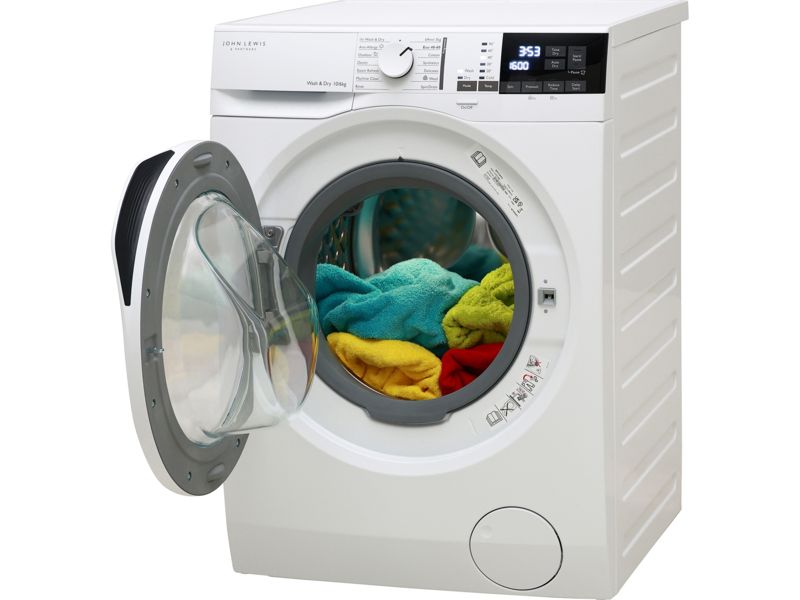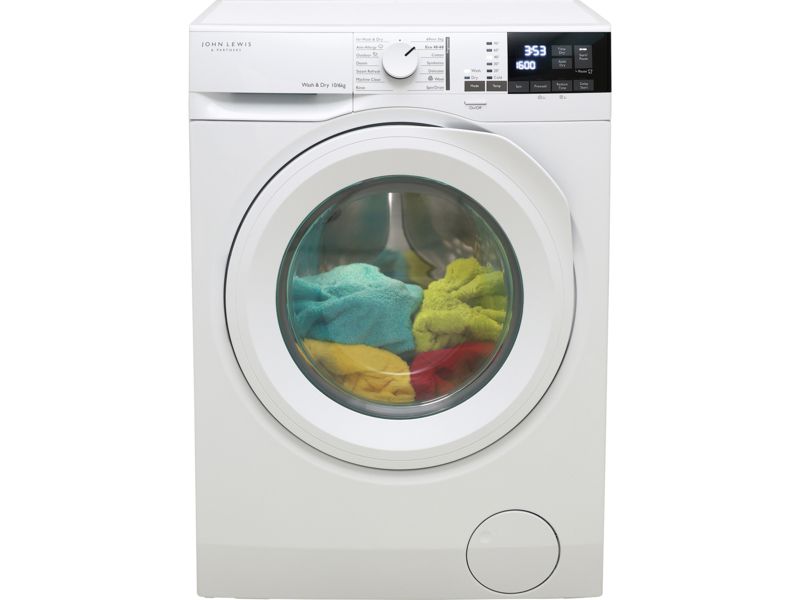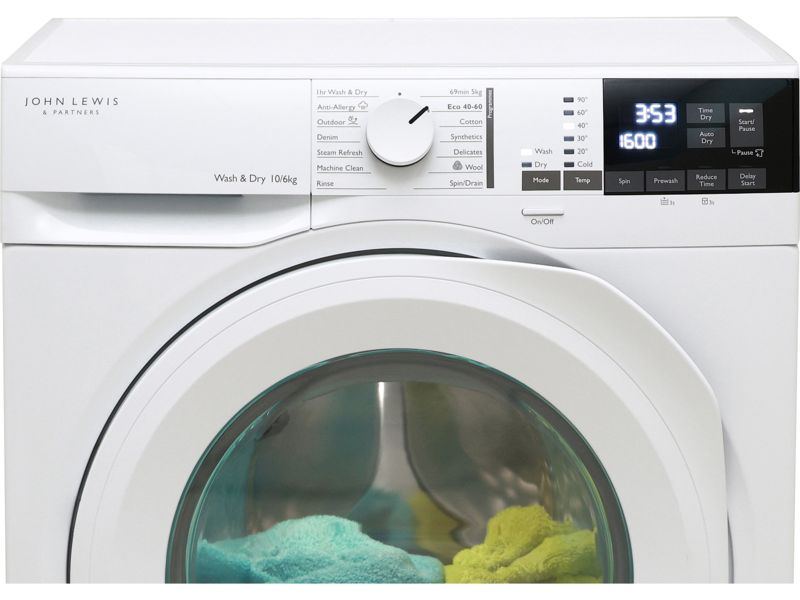By clicking a retailer link you consent to third-party cookies that track your onward journey. This enables W? to receive an affiliate commission if you make a purchase, which supports our mission to be the UK's consumer champion.
Lowest available price
By clicking a retailer link you consent to third-party cookies that track your onward journey. This enables W? to receive an affiliate commission if you make a purchase, which supports our mission to be the UK's consumer champion.
Sign up to unlock the full expert review
John Lewis claims that its JLWD7062 washer-dryer, with a drum big enough for 10kg of washing and the capacity to dry up to 6kg, is ideal for busy homes where space is at a premium. But how well does it wash and dry your clothes? Read our full John Lewis washer-dryer review to find out.
pros

cons

What's included?
- What is it?
- How well does it clean, rinse and spin?
- How well does it dry?
- How much does it cost to run?
- Is it easy to use and live with?
- Should I buy it?
Digital £8.99 per month, cancel any time.
| Cottons cleaning | |
|---|---|
| Energy efficiency |
- Jul 2025First reviewed by Which?
- Sept 2024Released



